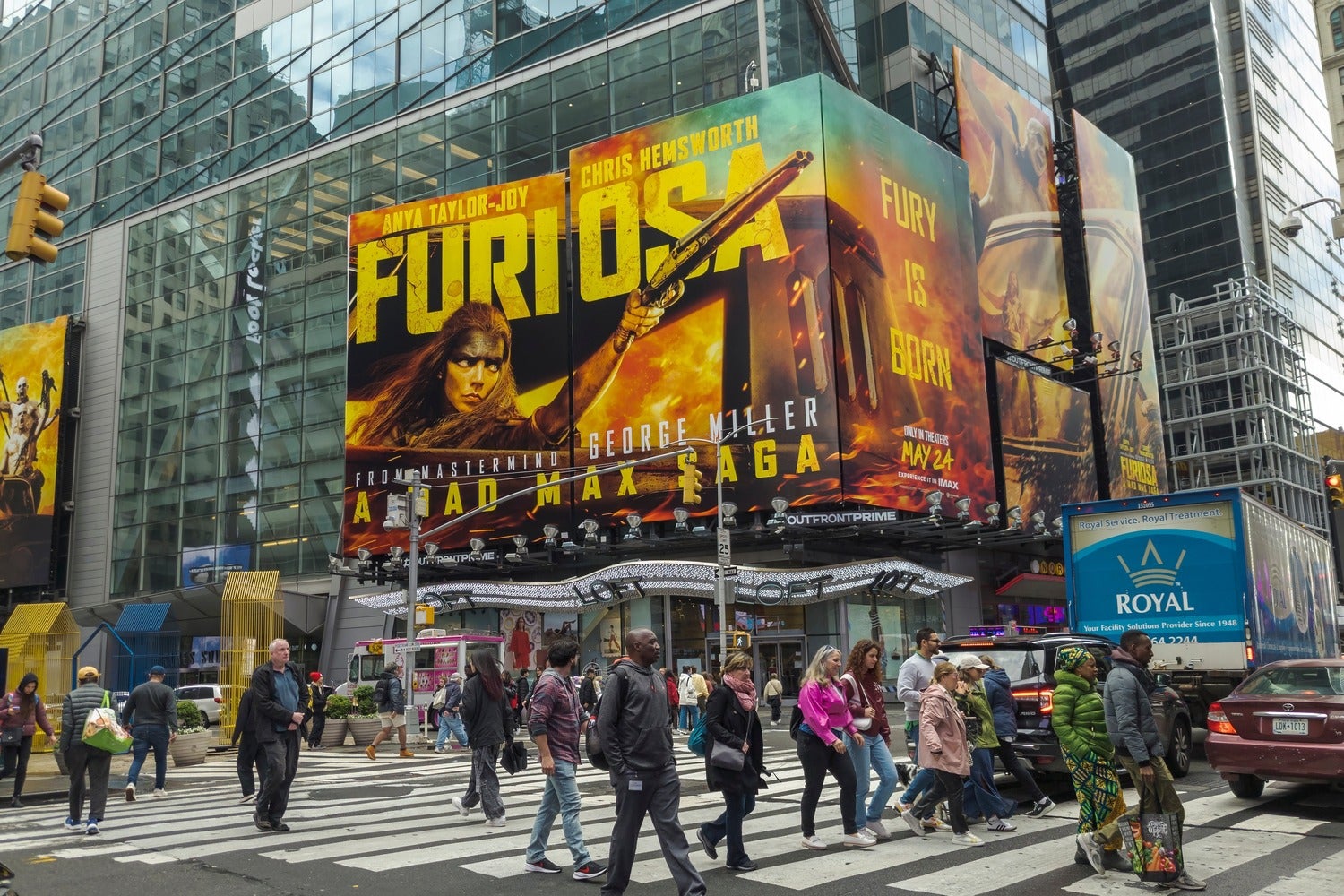Hey y’all! When you make a career around finding the climate story in everything, you start to see it in, well, everything. It doesn’t seem that long ago that I was trying to explain to my parents how Game of Thrones was a climate story during COVID lockdown. But these days, there’s a shocking amount of mainstream entertainment that doesn’t shy away from the very real threat: from 2021’s star-studded Don’t Look Up to Snowpiercer’s long-awaited final season premiering next month.
While these depictions are often less than perfect, the trend is another reminder that climate change is clawing its way into the majority of people’s minds. And when we care about something, the best thing to do is to talk about it. This week, we have a guide to the climate films coming out this summer: a great opportunity to get some respite from what’s bound to be a scorcher and open up a dialogue with your friends and family. Let’s get watching! —Sara Kiley
WHAT WE’RE INTO THIS WEEK
By Shreya Agrawal and Sara Kiley Watson

Accountability check
Youth activists score a win in Hawaii
Transportation remains one of the trickiest hurdles when it comes to decarbonizing, but it’s absolutely essential. After all, it accounts for around a fifth of global carbon emissions. A group of 13 youth activists, however, sued Hawaii stating that this change wasn’t happening fast enough—specifically claiming that the state violated their constitutional rights by operating a transport system that drives climate change. In what governor Josh Green calls a groundbreaking settlement, Hawaii agreed that the state must develop a plan to reach net-zero emissions in transportation (specifically surface, marine, and inter-island aviation) by 2045.
Report card
Citizens of petrostates want a clean energy future
It’s becoming more and more clear that ordinary people around the world want to do something about the climate crisis, and a new report from the UN Development Programme shows that this is especially true for those living in petrostates. More than 75% of survey respondents in China and India, the world’s two largest coal producers, want a quick green transition. In the U.S., the world’s biggest oil producer, the number is 54%; and in Saudi Arabia the number jumps up to 75%. All in, 86% of respondents want to see their countries “set aside geopolitical differences and work together on climate change.” It’s a friendly reminder that fighting for a safe, equitable future is what most of us want.
Built environment
Will EVs overwhelm electric grids this summer?
Summertime can frazzle our electric grids, not just because of increased demand from our air conditioners but also because the heat reduces transmission efficiency. Many see this as a red flag against EVs, which rely on the grid for their fuel. But EVs actually have a very “minimal impact” on the grid, according to reporting from InsideEVs. And in fact, EVs can actually help stabilize the grid during moments of peak demand, with off-peak charging incentives and the increasingly common ability for some cars to put power back into the system. Take that, naysayers. (If you’re taking your electric ride on a summer road trip, be sure to check out our handy charging guide!)
Cause for optimism
Look out for the new American Climate Corps
President Biden’s latest climate contribution kicks off this month, deploying more than 9,000 people all across the country to perform green jobs, such as installing solar panels and restoring natural landscapes. With the goal of helping young people jump-start their careers, the American Climate Corps also appeals to climate conscious folks who may be undecided about who to vote for in the upcoming presidential election, writes Kate Yoder for Grist. About 20,000 young’uns are expected to join the program in its first year.
MIC-DROP CLIMATE STAT
40 billion
The amount of CO2, in metric tons, emitted by the energy sector in 2023—a record-breaking amount, according to the Energy Institute.
CONSUME THIS
The climate flicks you need to see this summer
By Shreya Agrawal

The second Dune film brought a much-awaited sequel as well as another sharp analogy to our own climate-changed world. But it’s not the only title putting the environment on the big screen. Climate storytelling nonprofit Good Energy recently launched the Climate Reality Check, a Bechdel-inspired test to assess if global warming has a featured role in any film by using two criteria: Does climate change exist in the movie’s universe and does a character know about it. Three popular 2023 films have passed this check: Barbie, Nyad, and Mission: Impossible – Dead Reckoning Part One.
This summer, we’ve got an eye on multiple films with environmental twists. When the weather gets scorching, they provide the perfect excuse to head for the cool breeze of movie theater AC.
Twisters
A sequel to the 1996 film Twister, it follows a former tornado chaser (modern twist: a climate scientist) who teams up with another storm-thrill-seeker to test an experimental tornado tracking system. But as the season becomes more intense because of climate change, they find themselves fighting for their lives.
This film purposefully ties climate change into its plot; director Lee Isaac Chung, who studied biology at Yale before deciding to become a filmmaker, spoke to several storm experts to accurately depict how climate change is intensifying tornadoes. The film is in theaters July 19.
Furiosa: A Mad Max Saga
Much like Dune, Furiosa and the rest of the Mad Max films depict battles for water and gasoline in a scorched, postapocalyptic world. According to culture writer Noah Berlatsky, the Mad Max films point out how climate change is a result of resource exploitation, and they connect our “ecological devastation to patriarchy and hierarchy.”
If you need any extra motivation to keep fighting the good fight, Furiosa is in theaters now, and you can preorder it on Prime Video.
The End We Start From
This film might not count as a summer hit (it came out this winter), but it depicts a climate scenario where extreme rain leads to flooding and a fight for food and shelter—and it takes place not so far from reality.
A review in The Guardian said this climate story is not only timely but visually situated in low-lying areas of Britain that are prone to flooding in today’s world. “So many people imagine the effects of climate disaster in only the most abstract terms, and don’t grasp that it means fire and flood.”
It’s now available to stream on YouTube, Apple TV, and Prime Video.
